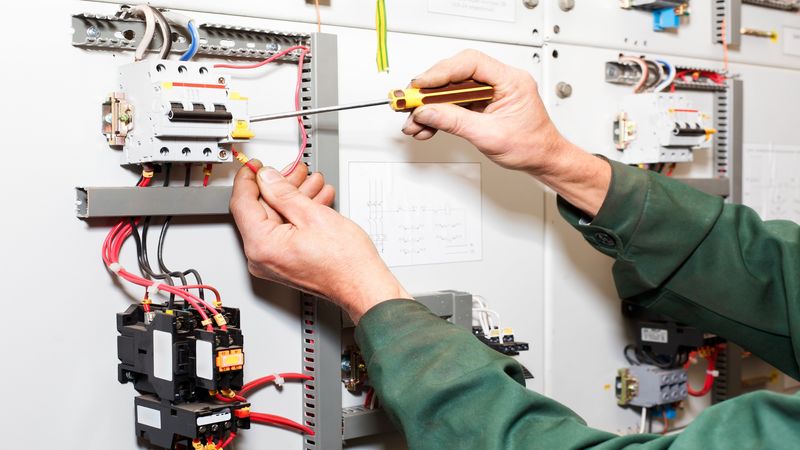Energy costs are a significant concern for many homeowners, especially as utility prices continue to rise and households become increasingly reliant on electronic devices. Finding effective ways to cut down on monthly expenses has never been more important. For those searching online for solutions, the phrase Ac Power Source frequently appears as a recommended method to enhance energy efficiency and manage costs within the home.
Understanding the Role of an AC Power Source
An AC power source is a device or system that provides alternating current (AC) electricity, which is the standard form of power delivered to most homes in the United States. Unlike direct current (DC) power, which flows in one direction, AC alternates, making it more efficient for transmitting electricity over long distances and compatible with most household appliances and systems.
Integrating an AC power source into your home system means optimizing the way you use, store, and sometimes even generate electricity. This can involve the use of advanced power management equipment, backup power solutions, or renewable energy systems that tie directly into your existing electrical infrastructure.
Benefits of Integrating an AC Power Source
Homeowners can experience several advantages by incorporating an AC power source into their home energy strategy:
• Reduced Energy Bills: By leveraging advanced power management, you can minimize wasted electricity and potentially lower overall consumption, directly impacting your monthly expenses.
• Increased Reliability: An integrated system can help protect your home from power outages by providing backup electricity during grid failures.
• Support for Renewable Energy: AC power sources are compatible with solar panels and wind turbines, allowing you to harness clean energy and further decrease reliance on the grid.
• Enhanced Appliance Efficiency: Many modern appliances are designed to work best with stable AC power, ensuring optimal performance and longevity.
Steps to Integrate an AC Power Source
If you’re considering integrating an AC power source into your home system, here’s a straightforward process to follow:
1. Evaluate Your Current Electrical System: Assess the compatibility of your home’s wiring and panels with additional power sources or backup systems.
2. Determine Your Energy Needs: Calculate the total load you wish to support, including essential appliances and future energy goals.
3. Explore Integration Options: Consider solutions such as home battery systems, solar inverters, or standby generators that provide or store AC power.
4. Consult with a Professional: Work with a licensed electrician or energy specialist to ensure safe and compliant installation.
5. Monitor and Adjust Usage: Use smart meters or energy management systems to track consumption and identify further opportunities for savings.
Maximizing Savings and Efficiency
To get the most out of your AC power source integration, follow these additional tips:
• Regularly maintain all components to ensure efficiency.
• Invest in energy-efficient appliances and LED lighting.
• Take advantage of time-of-use rates if available, running major appliances during off-peak hours.
• Consider expanding your system with renewable energy sources for greater independence from the grid.
Integrating an AC power source into your home system is a practical and forward-thinking approach to managing energy consumption and reducing utility bills. By understanding how these systems work and carefully planning your integration, you can enjoy increased reliability, support for renewable energy, and tangible savings. Taking these steps not only benefits your household budget but also contributes to a more sustainable future.

